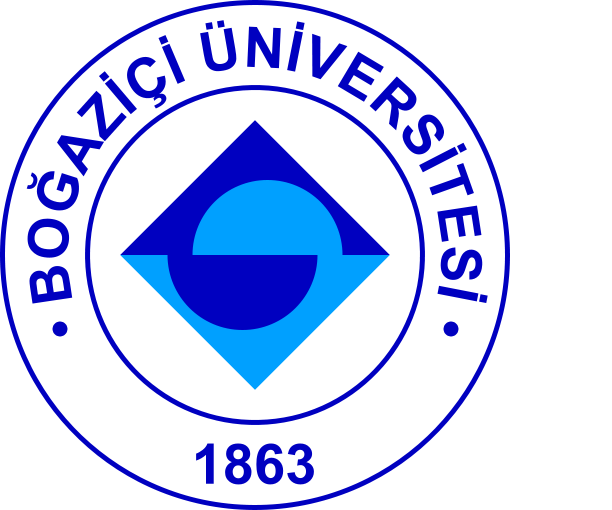Category
Road to today's model factory
Foundation and Development
Our model factory which was built in a number of stages beginning from 2001 is configured to serve as an
infra-structure for the research in BUFAIM. It has a flexible, open and modular architecture, which allows
representation of various industrial applications, and has nearly all the complexity of a real one. Therefore,
as well as serving educational purposes, it can be used as a reconfigurable demo-site for several different
industrial applications.
The model factory is run by means of in-house developed software. The modular approach used in building it allowed
the software to be implemented, verified and integrated with the hardware in stages, as well.
Model Factory Structure
BUFAIM model factory comprises of three cells and an Automated Storage and Retrieval System. Several part types
with different processing requirements enter and leave the system at the AS/RS. Different from typical CIM
installations in most universities, the material transfer among these stations is accomplished by means of a
free-ranging Automated Guided Vehicle (AGV) with multiple load capacity. In addition, there is a small PLC
controlled closed loop conveyor between two of the stations. The intra-cell material handling and AGV
loading /unloading is performed by a robot in each station. In this way, multiple modes of material transfer
have been incorporated into our configuration.
The first cell represents an assembly station. Here, the robot is equipped with an automatic tool changer.
Ball feeding, component insertion and gluing are the main operations in this station.
Our second cell can be reached via both the AGV and the conveyor. This cell represents a machining cell with
two virtual CNCs where each processing operation is emulated by means of a movie. As well as reducing investment
cost and maintenance issues, emulating processes in this manner allows a reconfigurable structure for the cell.
The number and the type of processors can be changed for different demonstration scenarios. RFID reading/writing
applications are also performed in this cell.
The third cell is a Quality control station. This station too can be reached by means of the conveyor or the AGV.
Machine vision applications for tolerance control and defect detection are implemented here. Also there is an
automatic caliper in the station.

